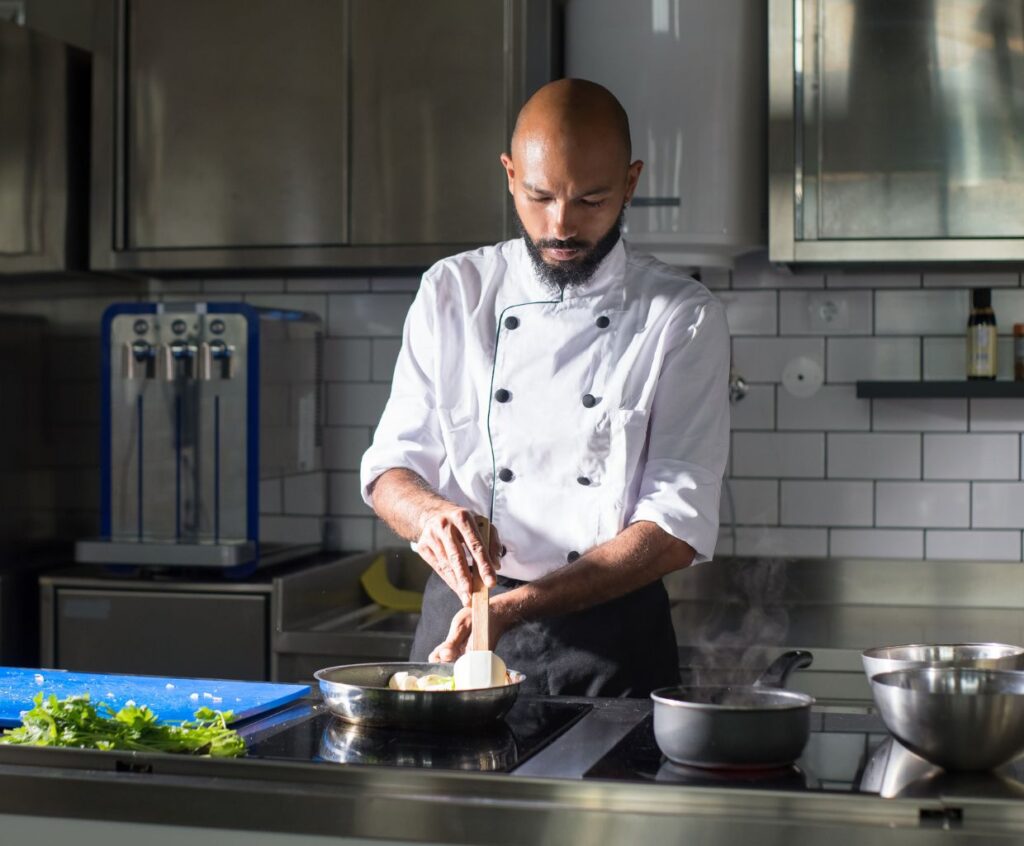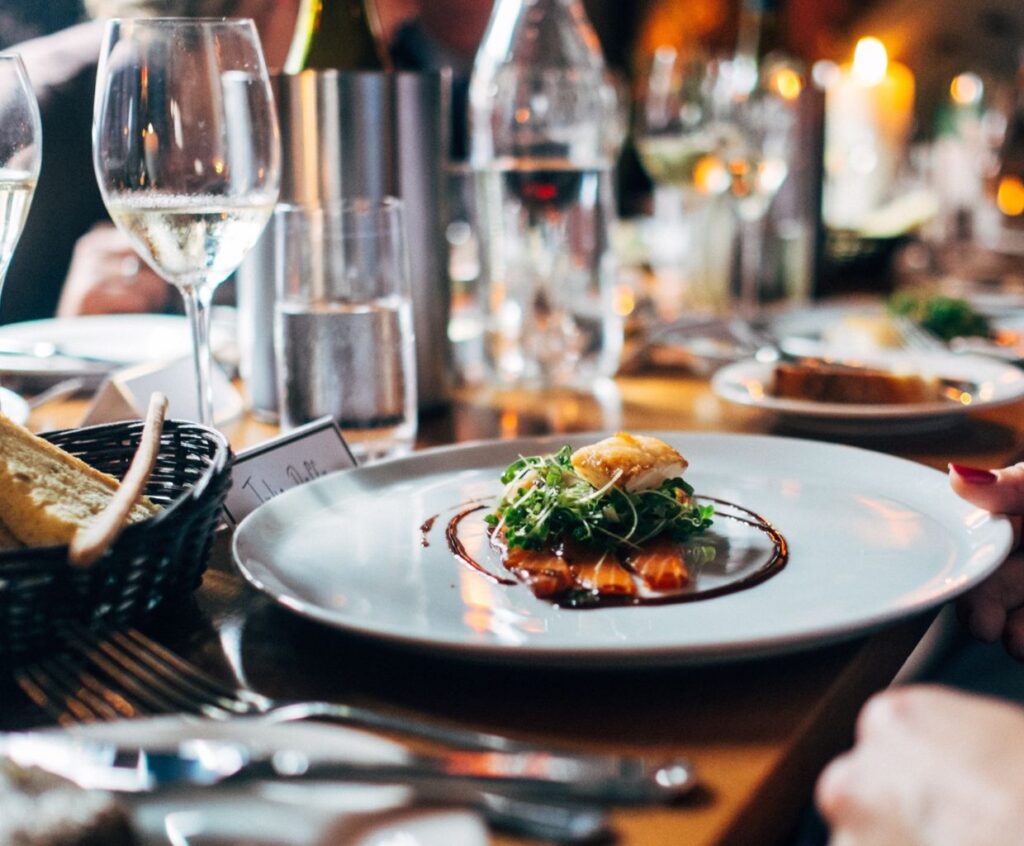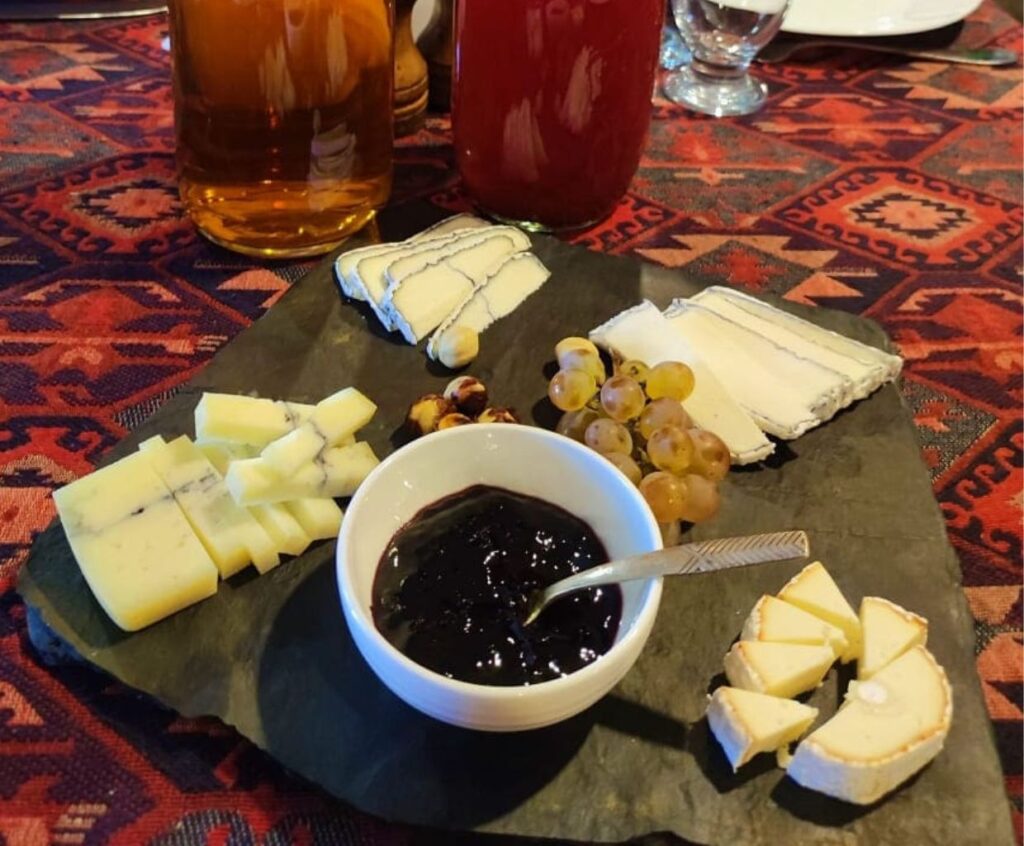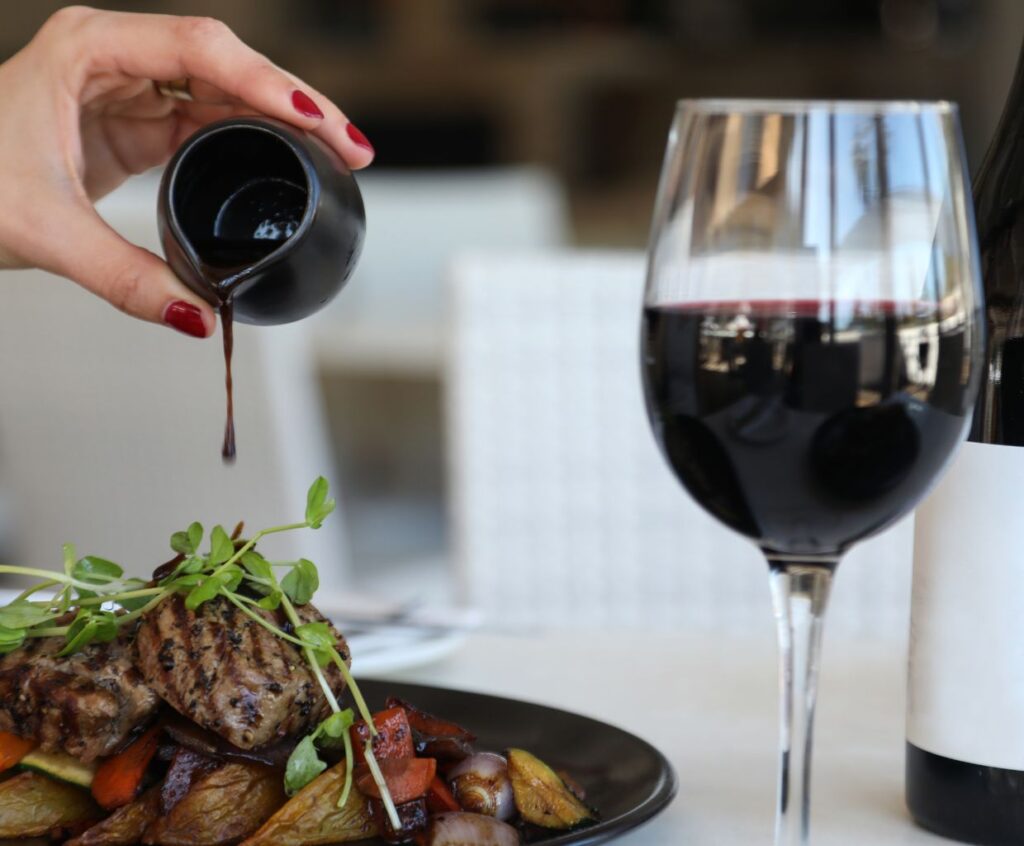Choosing the Right White Wine for Cooking
When it comes to cooking, white wine is a versatile ingredient that can add depth and complexity to various dishes. Whether deglazing a pan, making a flavorful sauce, or poaching fish, the right white wine can elevate your culinary creations to a new level.
But with so many options available, how do you choose the perfect white wine for your recipe? Here are some tips and recommendations to help you make the best choice:
Tips for Choosing White Wine for Cooking
1. Consider the flavor profile: Different white wines have varying acidity, sweetness, and aroma levels. When selecting a white wine for cooking, consider the flavors you want to enhance or complement your dish. For example, a crisp and acidic Sauvignon Blanc can add brightness to seafood dishes, while a sweeter Riesling can balance spicy flavors.
2. Avoid using “cooking wine”: While you may come across bottles explicitly labeled as “cooking wine” in the grocery store, it’s best to avoid them. These wines are typically of lower quality and contain added salt, which can adversely affect the taste of your dish. Instead, opt for a good-quality white wine that you would enjoy drinking.
3. Choose a dry white wine: In most cases, it’s recommended to use dry white wine for cooking. Dry white wines have a lower sugar content, allowing them to enhance flavors without adding unnecessary sweetness. However, there are exceptions to this rule, such as when preparing a dessert or a sauce that calls for a sweeter wine.
Recommended White Wines for Cooking
1. Chardonnay:
-
- Flavor Profile: Full-bodied, buttery, and oaky.
-
- Best for: Creamy sauces, risotto, and roasted poultry.
2. Sauvignon Blanc:
-
- Flavor Profile: Crisp, herbaceous, and citrusy.
-
- Best for Seafood, light sauces, and vegetable dishes.
3. Pinot Grigio:
-
- Flavor Profile: Light, crisp, and refreshing.
-
- Best for: Light seafood dishes, pasta sauces, and salads.
4. Riesling:
-
- Flavor Profile: Sweet, fruity, and aromatic.
-
- Best for: Spicy dishes, Asian cuisine, and desserts.
How does the choice of white wine impact a cooked dish’s overall flavor and outcome?
The choice of white wine can significantly impact the overall flavor and outcome of a cooked dish. Here are a few ways in which it can influence the final result:
1. Flavor: Different white wines possess distinct flavors and aromas due to variations in grape variety, region, and winemaking techniques. For example, a crisp and citrusy Sauvignon Blanc can add a refreshing and tangy note to a dish, while a rich and buttery Chardonnay can contribute a creamy and smooth flavor.
2. Acidity: White wines vary in their acidity levels, which can affect the outcome of a cooked dish. Higher acidity wines, such as Riesling or Pinot Grigio, can help balance rich or fatty ingredients in a dish, cutting through their heaviness and adding brightness. On the other hand, low-acidity wines may not have the same impact and can result in a less vibrant flavor profile.
3. Sweetness: Some white wines, like Moscato or Gewürztraminer, can be sweeter than others. The sweetness of the wine can enhance the flavors of certain dishes, especially those with spicy or salty elements. It can also counterbalance the heat or saltiness, creating a harmonious flavor profile. However, it’s essential to consider the level of sweetness in the wine to avoid overpowering the dish.
4. Wine reduction and deglazing: White wine is often used in cooking to deglaze pans or as a base for sauces and reductions. During this process, the flavors and aromas of the wine intensify and mingle with other ingredients, enhancing the dish’s overall taste. The choice of white wine can determine the sauce’s character, whether light and delicate or robust and complex.
5. Pairing with the dish: The choice of white wine should also consider the compatibility with the flavors and ingredients of the dish. Light-bodied whites like Sauvignon Blanc or Pinot Grigio work well with Seafood, salads, and lighter dishes. Fuller-bodied whites like Chardonnay or Viognier complement decadent dishes like creamy pasta or poultry.
Overall, the choice of white wine can significantly impact a cooked dish’s flavor, acidity, sweetness, and overall outcome. It is essential to consider the specific characteristics of the wine and how they complement or contrast with the other ingredients to achieve a harmonious flavor profile.
Recommendations for white wine varieties that work well in different types of dishes.
Here are some white wine varieties and the types of dishes they work well with:
1. Chardonnay: Chardonnay is a versatile white wine that pairs well with various dishes. It goes nicely with creamy sauces, buttery dishes, roasted poultry, and Seafood like lobster or crab.
2. Sauvignon Blanc: Sauvignon Blanc is a crisp, refreshing white wine that pairs well with lighter dishes. It goes well with salads, grilled vegetables, Seafood, and dishes with tangy or citrus-based sauces.
3. Riesling: Riesling is known for its sweetness and acidity, which makes it an excellent pairing for spicy dishes. It complements Asian cuisine, particularly Thai and Indian dishes, and spicy Mexican or Cajun foods. Riesling also pairs well with poultry, Seafood, and salads.
4. Pinot Grigio/Pinot Gris: Pinot Grigio is a light, crisp white wine that pairs well with lighter dishes. It complements light seafood dishes, salads, grilled vegetables, and light pasta dishes.
5. Gewürztraminer: Gewürztraminer is an aromatic white wine that pairs well with flavorful dishes. It goes well with spicy Asian cuisine, dishes with ginger or garlic flavors, and dishes with rich and creamy sauces.
6. Viognier: Viognier is a full-bodied white wine that pairs well with rich, creamy dishes. It complements dishes with butter or cream-based sauces, roasted poultry, and mildly spicy dishes.
Remember, personal preferences play a significant role in pairing wine with food, so feel free to experiment and find your perfect matches!
Choosing the Right White Wine for Cooking – Conclusion
Choosing the right white wine for cooking can greatly enhance the flavors of your dishes. You can create culinary masterpieces that impress your family and friends by considering the flavor profile and opting for good-quality wines.
Experiment with different white wines and discover combinations that take your cooking to new heights!




